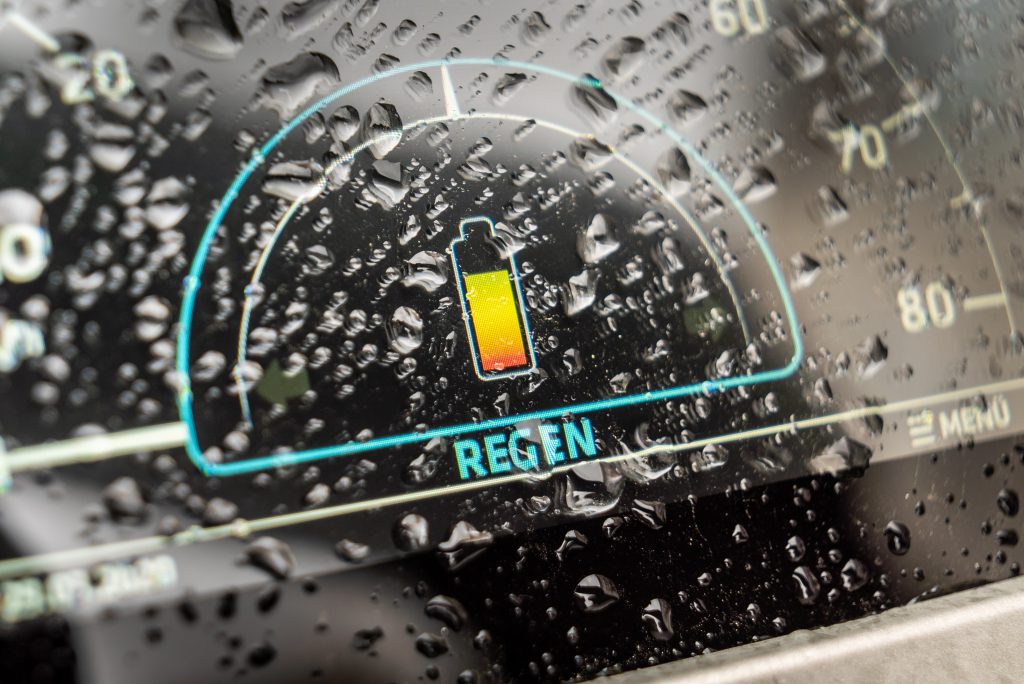The first week back to business as usual can be a challenging one. Nothing seems to be quite going according to plan. Traffic jams, lost keys, IT issues, a shopping delivery that was left at someone else’s house. You almost get the impression that instead of feeling better for a festive break, we switched off but forgot to recharge our batteries.
What does a fully charged battery require?
To tackle climate change we need to decarbonise the economy which means we need green electricity. Where you use electricity on the move, as in with electric cars, you need batteries. When making batteries, you need minerals, in particular lithium and cobalt but also copper, nickel, manganese, silicon, graphite, and vanadium.
Minerals are also essential to renewable energy solutions such as wind turbines and solar panels. The extent to which we need to ramp up the roll out of electric vehicles and renewable energy resources creates huge demand for minerals. This makes some people question if electrification is really a feasible and climate-friendly solution.
The first key question is whether the world’s supply of these essential minerals can keep up with demand, but an equally important issue is the security of supply. In 2022, we saw Europe struggling to access enough oil and gas as a result of the Russia-Ukraine conflict, bringing the question of energy security to the fore. If we are to switch from oil and gas to green energy, then we also need to consider mineral security.
Where certain minerals are mainly produced in one country – quite often one or more of China, the US, Australia, Brazil, Chile, Russia and South Africa – then it is important to consider if there are other nations that might be able to generate supply.
An example is production of graphite, a mineral used in EV batteries. In 2021, global production was 1 million tonnes, of which China produced almost 80%. However, there are further reserves of 320 million tonnes, spread across a range of different countries.
The issue of overall supply adequacy is illustrated well by the need for lithium, a key element of EV batteries. In 2021, it was estimated the world had 88 million tonnes of lithium. One quarter of this – 22 million tonnes – represents reserves that are feasible to extract. The rest are resources, or identified deposits of lithium that haven’t been assessed yet, or are not considered technologically or economically feasible to extract at the moment.
With the 22 million tonnes of reserves, we can get 2.8 billion EVs. With the 88 million tonnes of resources, we can get 11 billion. As we scale up our use of electric vehicles between now and 2030, our need for lithium increases thick and fast. The key questions are therefore:
- Can the world produce enough in total, and
- Can we produce enough year on year to meet the escalating demand?
The answer to the first question is yes but the second is – only if we put our backs into it! Nevertheless, although there is not a lot of wiggle room between demand and potential supply, there are reasons to be optimistic that we can reach our lithium goals.
Firstly, where there is a thriving market for a resource, we become very resourceful at delivering it. Also, as processes and technology develops, more of the 75% of “unfeasible resources” converts into accessible reserves. Innovation and product development will also mean batteries will eventually need less lithium per unit.
Then there is the very sustainable practice of recycling. If we could recycle the lithium at the end of a battery’s life, this would have a marked effect on how much we need to dig out of the ground. Today, less than 1% of lithium is recycled. One problem is that recycling lithium is currently more expensive than mining new supplies. This used to be the case with lead-acid batteries too; initially they were rarely recycled but, after the market scaled, almost all of them are today.
Of course, any activity that requires large scale mining is not to be taken with a pinch of salt. The minimum time to build lithium mines is four to five years. It can be even longer for lithium extracted from brine. It takes a long time to pump the saltwater out, before waiting for it to evaporate.
We also need to consider wider sustainability issues, not just the need to reduce carbon emissions. What impact will the miming have on the natural environment – on pollution, water use, damage of habitats? Will mine workers live and labour in reasonable conditions for reasonable pay?
Given some of the possible negativities of mineral mining, we should not overlook reducing energy consumption as well as greening supplies. There are many ways to achieve sustainability goals and we need to call on them all.
The expert fund managers I work with are well versed in the trends and targets that are shaping the world’s future, the opportunities and risks that these bring. I believe investing in sustainable funds managed by experts helps you navigate short term pitfalls and lay foundations for a prosperous long-term future.
*Please note that capital is at risk and these investments are designed for the long term.
The mineral grab: will low-carbon technology be controlled by a few countries? (substack.com)
Does the world have enough lithium to move to electric vehicles? (substack.com)
Electric vehicle demand – has the world got enough lithium? | World Economic Forum (weforum.org)




